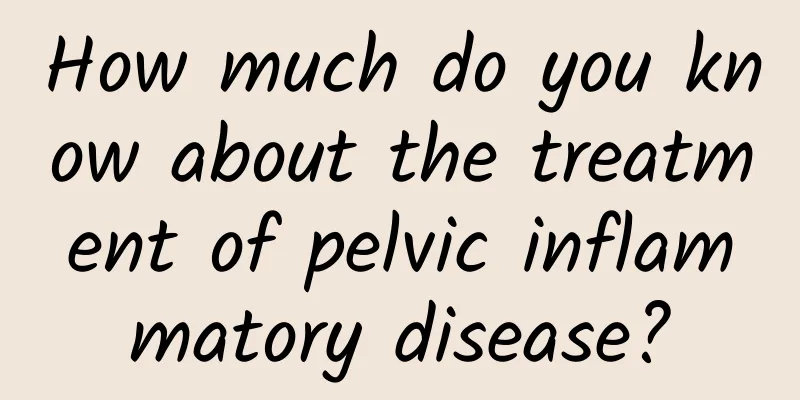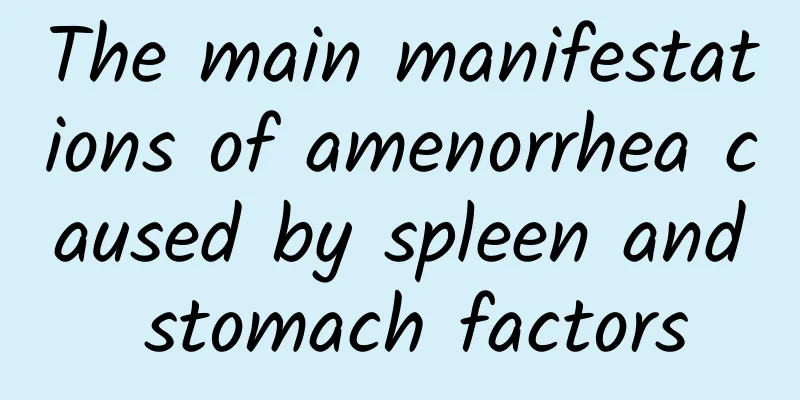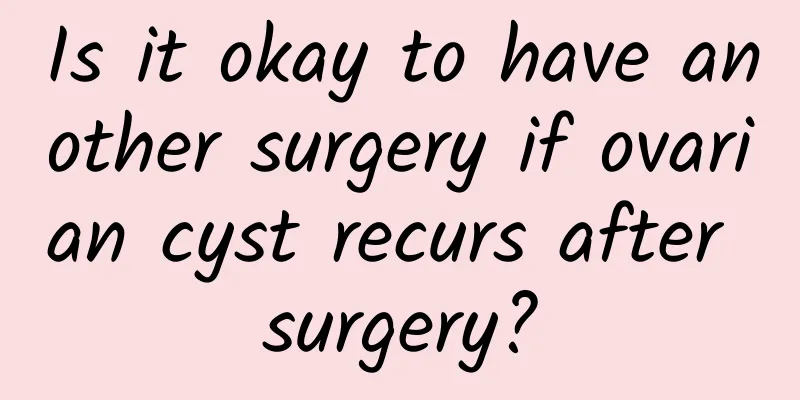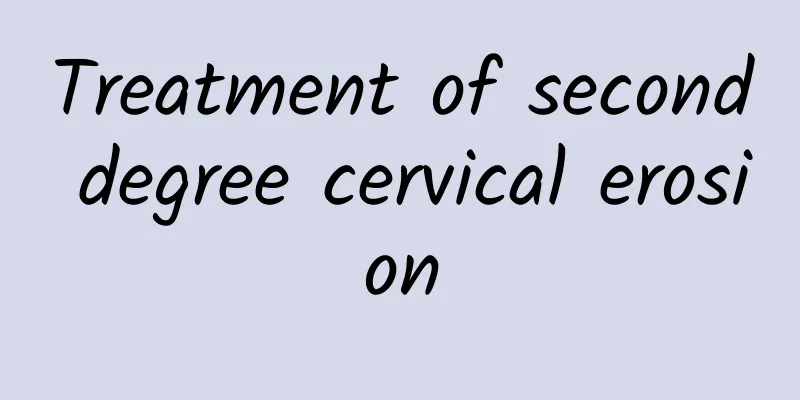How does Western medicine treat menopausal functional uterine bleeding?
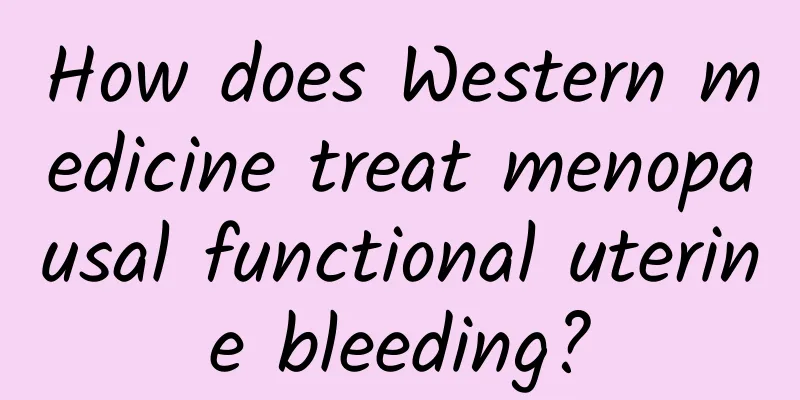
|
Menopausal uterine bleeding is a common gynecological disease, which is caused by endocrine changes, estrogen reduction, increased pituitary secretion of follicle stimulating hormone (FSH) and luteinizing hormone (LH), mental over-stress, environmental changes, overwork and malnutrition. Western medicine generally uses hormone therapy to treat menopausal functional uterine bleeding. Progesterone can make the endometrium fall off after the change of the secretory phase to stop bleeding. For those with little bleeding, 10-20 mg of progesterone is used daily, and it can stop bleeding within 2-3 days. For those with long bleeding time and heavy blood loss, the treatment time should be extended. A large amount of artificial progesterone can be taken orally, and the amount can be gradually reduced after the bleeding stops. The method is the same as above. Androgen treatment can also be used. Androgen can improve the hyperplasia of the endometrium; it can produce negative feedback and inhibit the function of the hypothalamus, reduce the secretion of ESH and LH, and thus reduce the secretion of ovarian estrogen; it has the effect of strengthening the tension of uterine muscles and uterine blood vessels; it can reduce pelvic congestion and reduce the amount of bleeding. In addition, it also promotes protein synthesis, thereby improving the patient's overall condition. However, androgen generally cannot be used alone to stop bleeding. It can be used in combination with estrogen or progesterone to make up for the defects of single medication and enhance the efficacy, and sometimes it can also reduce withdrawal bleeding. The usage is that when the menstrual blood volume is large, 25-50 mg of testosterone propionate can be injected intramuscularly every day for 3 consecutive days. Some people also use testosterone alone continuously to suppress ovarian function and make some patients enter menopause. People with hypertension, cardiovascular disease or liver damage should use it with caution. The total amount of androgen should not exceed 300mg per month to avoid side effects such as increased hair growth, acne, hoarseness, etc. If treatment is ineffective for a long time or long-term treatment and observation are difficult, or if the patient is ≥55 years old, surgical removal of the hysterectomy can be considered. |
<<: Amenorrhea should be prevented in case of polycystic ovary syndrome
>>: Timely detection of vaginitis symptoms can help patients
Recommend
Can you get pregnant with multiple ovarian cysts? What symptoms will multiple ovarian cysts cause?
Can you get pregnant with multiple ovarian cysts?...
Prevention of candidal vaginitis: People with candidal vaginitis need to stop having sex
Gynecological diseases are difficult to treat bec...
Smoking and drinking are important measures to prevent ectopic pregnancy
The cause of ectopic pregnancy is largely related...
What to do if a woman has cervical erosion during pregnancy? Five health care principles for cervical erosion during pregnancy
Some women with cervical erosion must pay more at...
What causes uterine fibroids and how to treat them
Uterine fibroids are the most common benign tumor...
Xiaozhen's polycystic ovary disease may be a hidden danger of gynecological cancer
According to print media reports, well-known arti...
What are the correct symptoms of endometriosis?
Endometritis can be divided into chronic and acut...
What are the measures to prevent ovarian cysts in daily life?
Ovarian cysts are common in life, and many women ...
What to do if you have ovarian cysts during pregnancy
What to do if you have ovarian cysts during pregn...
What are the types of uterine fibroids? Under what circumstances does uterine fibroids require surgery?
Uterine fibroids touch the lower end of the fibro...
Symptoms after painless abortion
Symptoms after painless abortion: After painless ...
Causes of irregular menstruation in women
Reasons for irregular menstruation in women: 1. A...
Does ovarian cyst affect fertility?
The ovaries are an important part of the female r...
Will cervicitis affect fertility? How should women who are diagnosed with cervicitis be treated?
The female uterus is an important reproductive or...
Can I take medicine to relax muscles and promote blood circulation during menstruation?
Can I take medicine to relax muscles and promote ...
